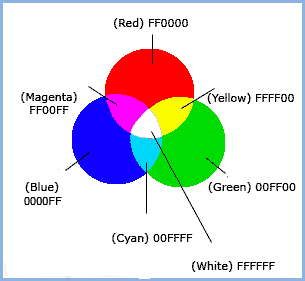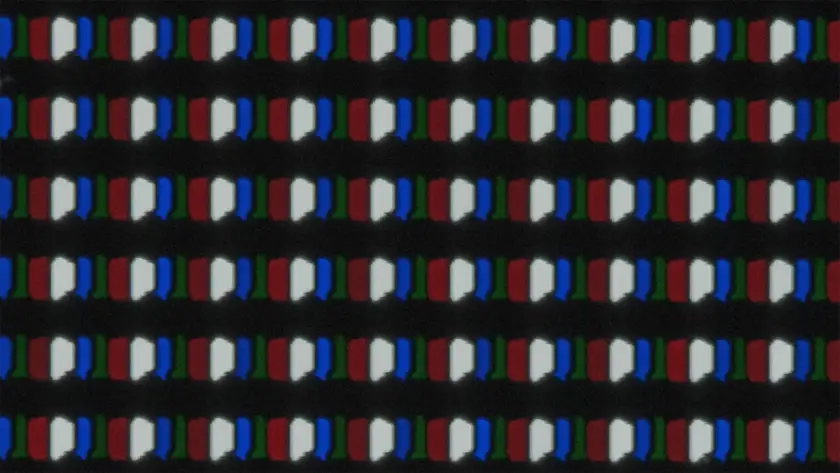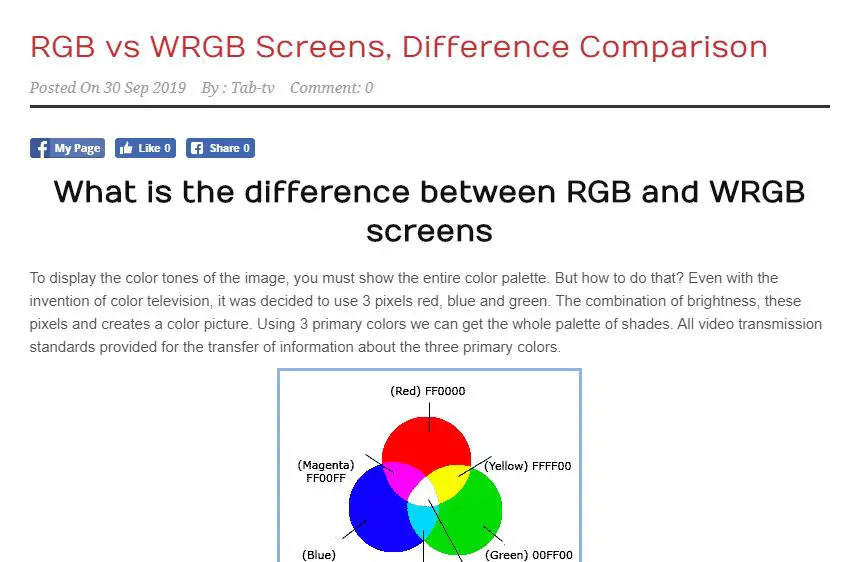What is the difference between RGB and WRGB screens
To display the color tones of the image, you must show the entire color palette. But how to do that? Even with the invention of color television, it was decided to use 3 pixels red, blue and green. The combination of brightness, these pixels and creates a color picture. Using 3 primary colors we can get the whole palette of shades. All video transmission standards provided for the transfer of information about the three primary colors.

But in 2000, some TV manufacturers came up with another pixel that was different from the standard ones. For example, Sharp added a yellow YRGB pixel. Other manufacturers add white WRGB. So, in order to show the color of the smallest possible point in size, 3 pixels are used in RGB screens, and 4 pixels in WRGB.
The photo shows LG’s OLED matrix, pixel placement and size.

WRGB (RGBW) why white pixel.
But why did they start making screens with an extra white pixel. Some say that WRGB screens are cheaper. Another opinion is that such screens are better. Let’s consider in more detail the advantages and disadvantages of WRGB screens.
OLED WRGB screens
Consider OLED matrices, LG OLED screen leaders. All of their OLED screens for TVs are made using WRGB technology.
OLED screens have an extra white pixel for a very simple reason. White color is created when the main pixels (red, blue, green) have the same brightness and usually very high brightness. OLED screens can work without a white pixel, but in this case all other pixels will work at maximum load. And as you know, organic diodes that are used in matrices of OLED screens are subject to aging. The use of an additional white pixel significantly reduces the load on the remaining pixels, prolonging their service life. And this means that a TV with such a screen will last much longer.
IPS, VA WRGB screens
In IPS and VA screens, the use of 4 white pixels is pointless in terms of screen durability. To say that the production of such screens is cheaper is also debatable. In IPS and VA screens, the use of 4 white pixels can only increase the brightness in white. WRGB screens using IPS or VA technology are produced in a limited number, we can say as an experiment.
WRGB vs RGB
On the one hand, the use of a white additional pixel reduces the number of pixels and the image will be less comfortable to view. But in modern TVs with a resolution of 4K, this does not affect the image quality at all, the number of pixels is enough for a high-quality video display.
Increase the brightness, increase the brightness is possible only in the white segments of the image. In our opinion, such an image will be somewhat brighter, but other colors will be lost due to the increased brightness.
As a result, we can say that such matrices are almost the same. And while manufacturers have not figured out which way in the development of matrices to move on.






